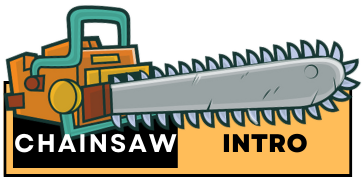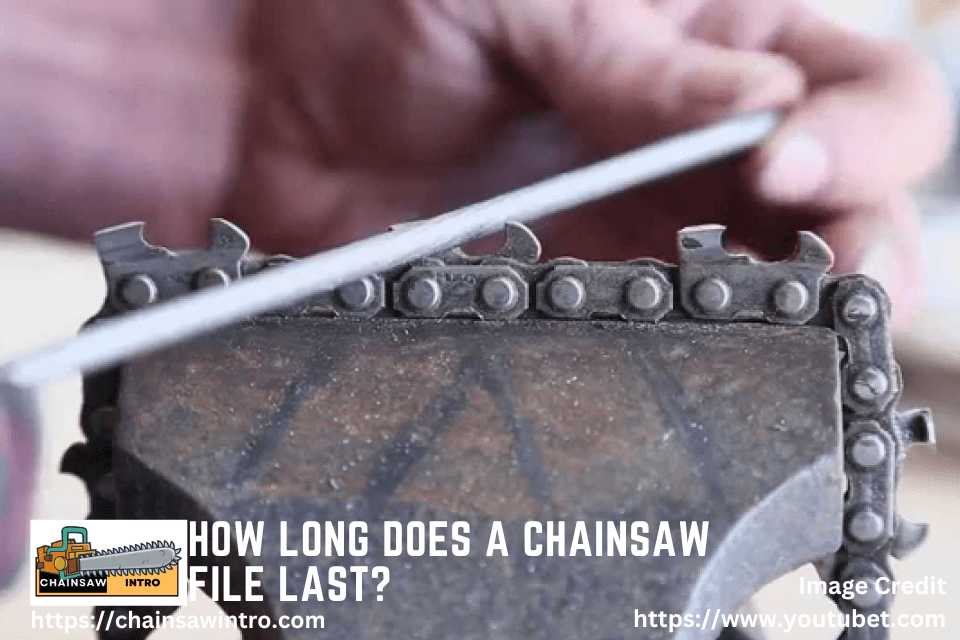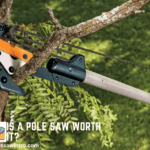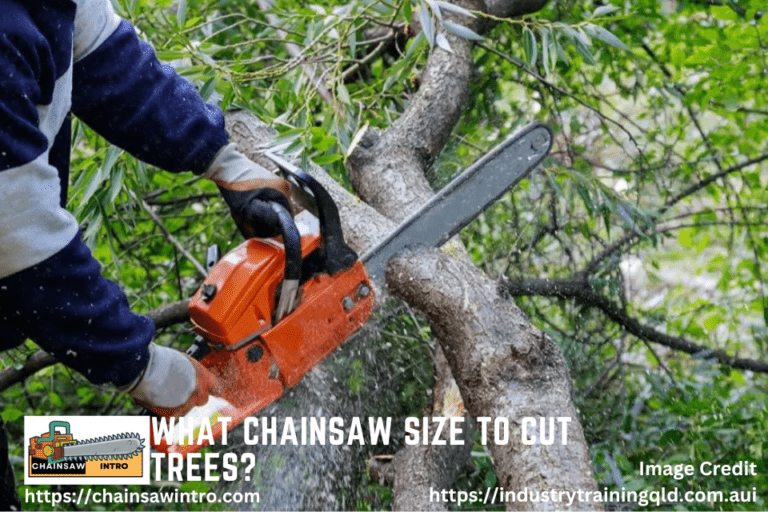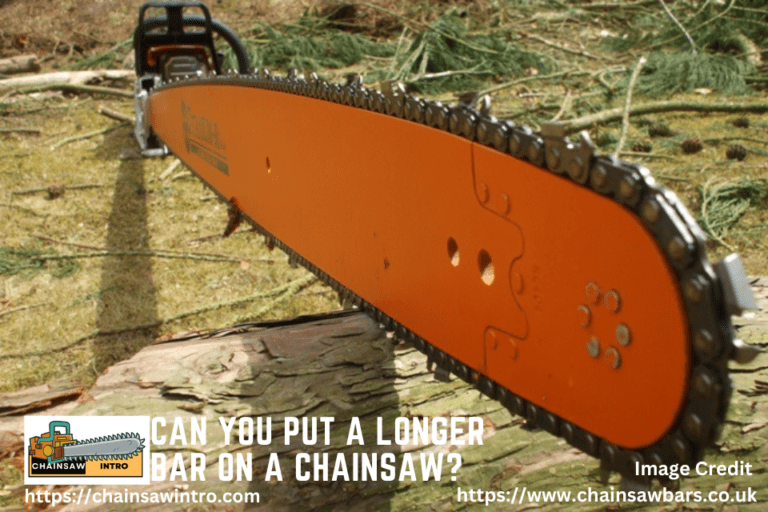A sharp chainsaw chain is essential for efficient cutting, reduced fuel or battery consumption, and safe operation. Maintaining a sharp chainsaw chain is crucial for efficient cutting, safety, and prolonging the life of your chainsaw, whether it’s a gas-powered Stihl or a battery-powered Ego. A key tool for this task is the chainsaw file, used to sharpen the chain’s cutting teeth.
But many operators wonder: How long does a chainsaw file last? The answer depends on several factors, including file quality, usage frequency, filing technique, and the type of wood being cut. On average, a good-quality chainsaw file will last between 5 and 10 sharpenings before it becomes too worn to do the job effectively. Let’s break down the key facts, factors, and tips that determine the lifespan of a chainsaw file.
Here, we’ll explore the lifespan of chainsaw files, factors affecting their durability, maintenance tips, and when to replace them, drawing insights from experts and user forums.
What Is a Chainsaw File and Why Does It Matter?
A chainsaw file is a small, specialized tool, typically made of hardened steel, used to manually sharpen the cutting teeth of a chainsaw chain. Available in round and flat varieties, round files (most common) match the chain’s cutter tooth profile, ranging from 5/32” to 7/32” depending on the chain size (e.g., 3/8” or .325” pitch). Flat files are used for adjusting depth gauges. Proper sharpening restores the chain’s cutting efficiency, reduces kickback risks, and prevents strain on the saw’s motor or engine, as noted in 2025 guides from Popular Mechanics. The lifespan of a chainsaw file directly impacts maintenance costs and cutting performance, making it a critical consideration for both homeowners and professionals.
Regular sharpening with a file is crucial because a dull chain not only reduces cutting efficiency but also increases the risk of kickback accidents and operator fatigue. A well-maintained chain stays sharp longer, cuts faster, and extends the life of your chainsaw.
How Long Does a CHAINSAW CHAIN Last – When To REPLACE Chain
Average Lifespan of a Chainsaw File
The lifespan of a chainsaw file varies based on usage, material, and maintenance, but on average, a high-quality file lasts for 10-20 sharpening sessions or 50-100 cutter teeth before losing effectiveness. According to user discussions on ArboristSite and FireAndSaw.com, a single file can sharpen a standard 72-link chain (common for 18-20 inch bars) about 5-10 times before it becomes too dull to cut efficiently. For occasional users, like homeowners pruning or cutting firewood a few times a year, a file may last 1-2 years. Professionals sharpening daily might need to replace files every 1-3 months, depending on workload.
High-end files from brands like Stihl, Oregon priced at $2-$5 each, tend to last longer than budget options ($1-$2) due to superior steel and manufacturing. For example, Oregon’s premium files are rated for up to 15 sharpening sessions on a 3/8” chain, per 2025 reviews on Home Depot. However, improper technique or frequent contact with dirt or metal can significantly reduce a file’s lifespan, sometimes to just 5-10 sessions.
Key Factors That Affect Chainsaw File Lifespan
File Quality
Premium chainsaw files made by reputable brands like Stihl, Oregon, and Husqvarna tend to last longer than cheaper alternatives. High-carbon steel construction and precision design allow them to retain sharpness for more uses.
Filing Technique
Proper sharpening technique greatly affects file longevity. Applying too much pressure, filing at the wrong angle, or rocking the file back and forth can wear it out prematurely. The correct method is to push the file smoothly in one direction and lift it back for the return stroke.
Frequency of Sharpening
If you sharpen your chain often, you’ll naturally wear out the file more quickly. However, sharpening regularly with light passes puts less stress on both the file and the chain, often extending overall file life compared to sharpening an extremely dull chain.
Type of Wood Cut
Cutting hard or dirty wood (especially logs with embedded dirt, sand, or small rocks) dulls the chain faster. A dull chain requires more aggressive filing, which in turn wears down the file quicker.
Storage and Care
Storing a file improperly—like tossing it in a toolbox where it rubs against other metal tools—can dull it prematurely. Files should be stored in a protective sleeve or case to prevent damage.

Signs It’s Time to Replace Your Chainsaw File
Knowing when to replace a chainsaw file is key to maintaining cutting efficiency. Look for these signs:
- Dull Cutting: If sharpening takes longer or requires more strokes (e.g., 10+ per tooth instead of 3-5), the file is worn.
- Visible Wear: Check for rounded edges or a smooth, shiny surface on the file’s teeth—sharp files have distinct, grippy ridges.
- Ineffective Sharpening: If the chain remains dull or produces fine dust instead of wood chips after filing, the file is no longer cutting effectively.
- Physical Damage: Bent, chipped, or rusted files should be replaced immediately, as they can damage the chain.
Users on FireAndSaw.com recommend replacing files at the first sign of dullness to avoid poor sharpening, which can increase kickback risks or strain the saw.
Tips to Extend the Life of Your Chainsaw File
Maximize your file’s lifespan with these expert-backed tips from 2025 sources like Stihl’s maintenance guides and ArboristSite:
- Use the Correct File Size: Match the file to your chain’s pitch (e.g., 5/32” for 1/4” pitch, 7/32” for 3/8” pitch). Mismatched files wear faster and damage chains.
- Sharpen with Proper Technique: Maintain a 25-35° angle, use light, consistent strokes (3-5 per tooth), and file in one direction (pushing away) to reduce wear.
- Clean the Chain First: Remove dirt, sap, or oil from the chain to prevent clogging the file’s teeth, which accelerates dulling.
- Store Properly: Keep files in a dry, protective case or pouch to avoid rust and damage. Oregon’s file kits include storage solutions for this purpose.
- Avoid Overuse: Don’t force a dull file to keep sharpening—replace it when it starts losing efficiency to save time and protect the chain.
- Use a File Guide: Tools like Stihl’s 2-in-1 file holder ensure consistent angles and pressure, reducing unnecessary wear, per Amazon reviews.
How to Make a Chainsaw File Last Longer?
- Use the Right File Size – Chainsaw chains come in different pitches, and each requires a specific file diameter. Using the wrong size not only dulls the file faster but also damages the chain.
- Sharpen Regularly – Don’t wait until the chain is completely dull. Sharpen lightly after every few uses to reduce stress on the file.
- Clean the Chain First – Dirt and sap buildup can clog and wear down your file. Wipe the chain clean before sharpening.
- Apply Correct Technique – Always file in smooth forward strokes. Avoid sawing back and forth, which can blunt the file surface.
- Store Properly – Keep your file dry and protected from moisture and contact with other metal tools.
Alternatives to Manual Chainsaw Files
If manual filing seems time-consuming or your file wears out too quickly, consider alternatives:
- Electric Chain Sharpeners: Bench-mounted sharpeners like the Oregon 620-120 ($200) offer precision and speed, ideal for frequent users, though they’re pricier.
- Self-Sharpening Chainsaws: Models like the Oregon CS1500 feature PowerSharp systems, reducing the need for manual files but requiring proprietary sharpening stones ($15-$25).
- Professional Sharpening: Local shops charge $10-$20 per chain, a good option if you lack time or skill but less economical for regular maintenance.
For most homeowners, manual files remain the most cost-effective and portable solution, per Popular Mechanics.
How do you maintain a chainsaw file?
For high-performance saws, the manufacturer will recommend a specific size and type of file that should be used for your particular saw. A 5/32 inch diameter file is most commonly used for saws up to 3.5 cubic inches. If you’re using a larger saw with a wider chain, a 3/16 inch diameter file is probably more appropriate.
Another important factor in sharpening the chain is getting the correct file angle or pitch. Most small saws use a file angle of 30 degrees, but you should always refer to the manufacturer’s instructions or information on the chain itself before selecting a file. You can usually find the correct pitch engraved on the blade.
For example, if your chainsaw has an engraved pitch number of 3/8 inch, then you’ll need a round file that is about 5/16 inch in diameter.
Remember that the pitch number is determined by dividing the pitch (in inches) by the gauge of the chain. You can find the gauge of your chain stamped into the body of the blade or from the information that came with your saw. The pitch number is determined by dividing the pitch (in inches) by the gauge of the chain. For example, a typical chainsaw with a 3/8 inch pitch will have a gauge of 0.050 inches.
Because this saw is not a low profile model (the cutting tooth depth isn’t reduced), the file will typically have an overall diameter of 1/4 inch and a kerf that matches the cutter thickness—0.043 inches.
Conclusion
A chainsaw file typically lasts 10-20 sharpening sessions or 50-100 cutter teeth, translating to 1-2 years for homeowners or 1-3 months for professionals, depending on use and maintenance. High-quality files from brands like Stihl or Oregon offer better durability, while proper technique and storage can extend life significantly.
Signs like dull cutting or visible wear indicate it’s time to replace the file to maintain chain performance and safety. At $1-$5 per file, they’re a cost-effective investment compared to new chains or professional sharpening. By following our tips—using the right size, cleaning the chain, and storing properly—you can maximize your file’s lifespan and keep your chainsaw in top shape.
Ready to sharpen? Grab a quality file and cut with precision this year!
Frequently Asked Questions
How Many Sharpening Can You Get from a Chainsaw File?
The number of sharpening you can get from a chainsaw file varies depending on the size, type and quality of the file. A standard chainsaw file will last for about 10-12 sharpening, while a premium file can last 20-25 sharpening. However, it is important to note that these are just rough estimates and your results may vary depending on how you use and care for your chainsaw file.
If you’re cutting through soft woods, like pine or spruce, then you can get several sharpening out of one file. However, if you’re cutting through dense hardwood, like oak, then you’ll have to replace the file sooner. On average, a 6″ inch long chainsaw file will be good for about 3 sharpening, but that can vary.
How Long Does a Chainsaw Blade Last?
Chainsaw blades are made from high-carbon steel, which is designed to withstand repeated impact and wear. The average chainsaw blade will last between 2 and 4 years, depending on how often it is used and how well it is cared for. To prolong the life of your chainsaw blade, be sure to sharpen it regularly and avoid using it on hard or abrasive materials.
Also, be sure to store your chain saw in a dry place when not in use to prevent rusting.
How many times can a chainsaw file be used?
Most files can be used many times, but they must be kept clean in order to keep their cutting edge sharp. A dirty file may lose its effectiveness after only a few uses. This is because dirt, metal filings and other debris will clog the file’s teeth and eventually cause the file to become dull.
Can You Sharpen a Chainsaw File?
Yes, you can sharpen a chainsaw file. The file should be held at a 30-degree angle to the chain and moved in an up and down motion to sharpen the teeth of the chain. When sharpening a chainsaw file, be sure to use a flat, solid surface such as a workbench or table so that you have something stable to hold onto while you’re working.
What is the Best Angle to File a Chainsaw?
It’s important to hold the chainsaw file at the proper angle when sharpening the chain. The best angle to use is 30 degrees, but this can vary depending on what type of wood you’re cutting and how long it takes for the chain to get dull.
For example, if you’re cutting through pine or spruce and it takes about 10 seconds for the chain to become dull, then you should use a 30-degree angle. However, if you’re cutting through oak or hickory and it takes 30 seconds for the chain to become dull, then you should use an angle of 20 degrees.
How long does a chainsaw file last on average?
A quality chainsaw file typically lasts 5 to 10 sharpening sessions, depending on how often you sharpen, the type of wood you cut, and your sharpening technique.
Can you reuse a chainsaw file after it gets dull?
No, once a chainsaw file becomes dull or glazed, it won’t sharpen effectively. Continuing to use a worn file can damage your chain instead of improving it. It’s best to replace it.
What’s the best brand of chainsaw file?
Reputable brands like Stihl, Oregon, and Husqvarna are known for producing durable chainsaw files that last longer and maintain better sharpening performance.
How do I know if my chainsaw file is worn out?
If the file slides over the teeth without removing material, takes longer to sharpen, or looks smooth instead of rough, it’s time to replace it.
How can I make a chainsaw file last longer?
To extend file life, use the correct file size, apply light forward strokes, clean the chain before sharpening, and store the file in a protective sleeve.
Do electric sharpeners last longer than chainsaw files?
Yes, electric sharpeners can last longer and provide faster results, but they are more expensive. Many professionals keep both options handy—manual files for quick touch-ups and electric sharpeners for heavy use.
I’m a chainsaw expert with over 8 years of hands-on experience in forestry, landscaping, and property maintenance. Over the years, I’ve worked with top brands like Stihl, Husqvarna, and Oregon, and I’m certified in chainsaw safety and maintenance practices. My goal is to share practical guides, honest reviews, and proven safety tips to help homeowners, DIYers, and professionals use chainsaws more effectively and confidently.
